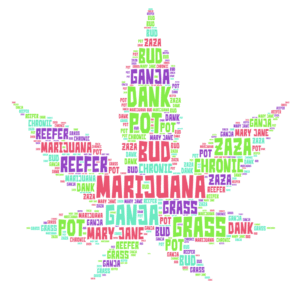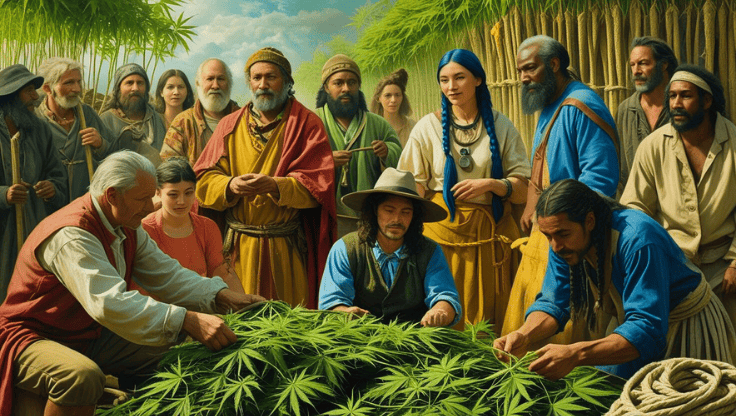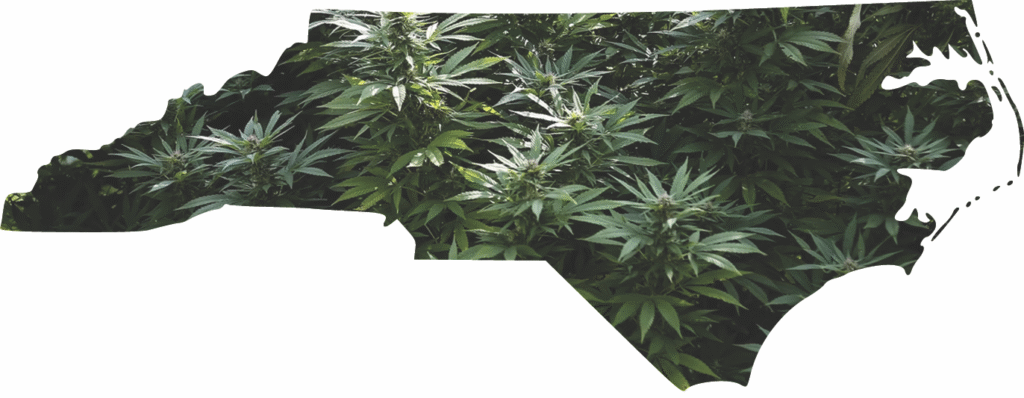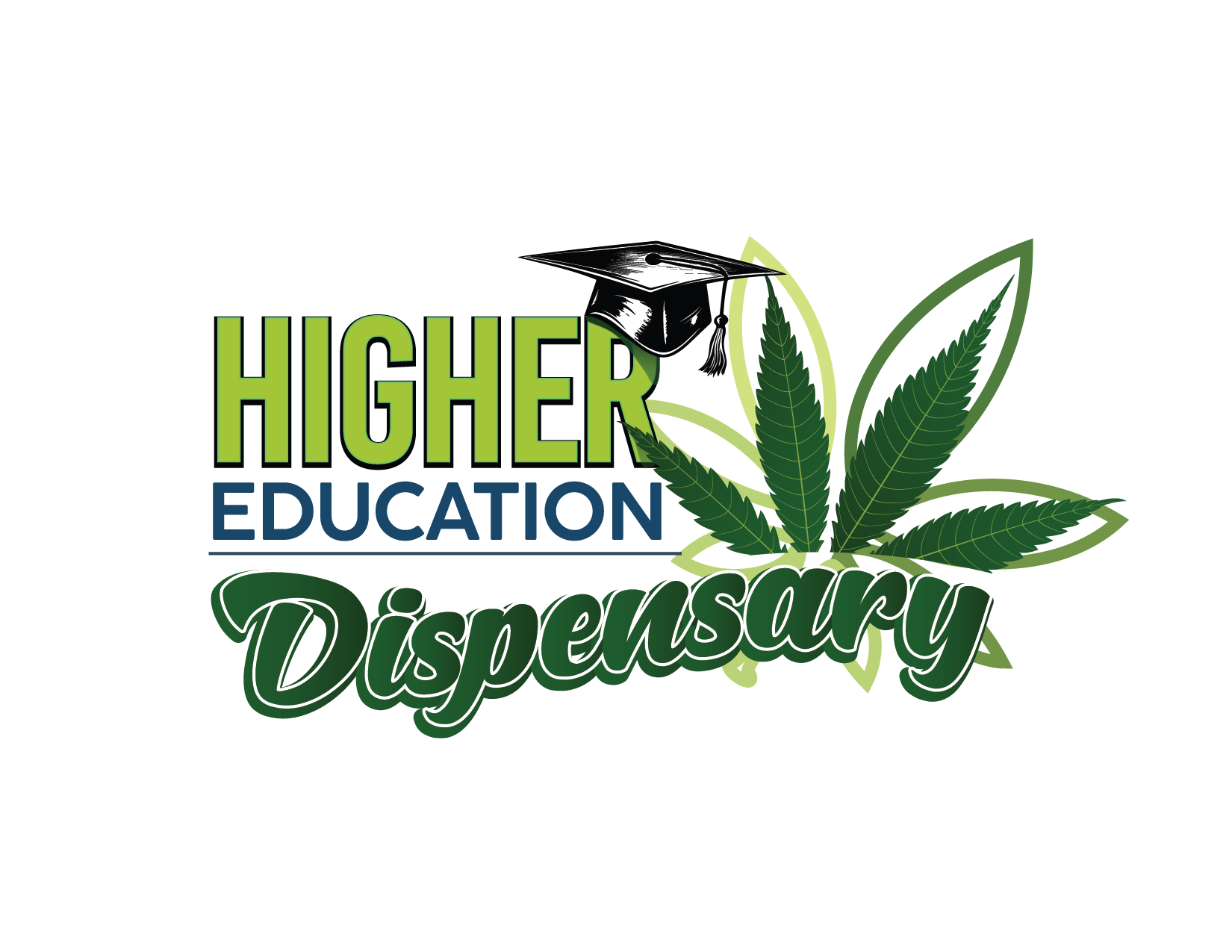Blogs
Cannabis Definition & Slang: From A to Zaza
When you see cannabis in a lab report or on a product label, it refers to the species Cannabis sativa, the plant humans have cultivated for fiber, oil, medicine, and – more recently – recreational enjoyment.
This formal name appears in scientific journals, agricultural regulations, and product packaging to ensure consistency across research and commerce.

Legally, hemp is classified under the 2018 Farm Bill as Cannabis sativa containing no more than 0.3% Δ9-THC by dry weight—a threshold that separates federally legal hemp from regulated marijuana. North Carolina enforces this standard through its Industrial Hemp Program, which requires grower licensing and third-party testing.
Weed: Slang Goes Mainstream
Most people simply call it weed, a nickname that likely emerged because cannabis plants can spread as prolifically as garden weeds. Over the decades, this term has moved from counterculture slang into headlines, marketing copy, and everyday conversation.
Today, lifestyle magazines, dispensaries, and even some legislators refer to hemp-derived “weed” when debating pilot programs – proof that this casual word has become fully entrenched in formal discourse and popular culture.
Flower: Spotlight on the Buds
In dispensaries and product menus, flower denotes the dried and cured buds of the cannabis plant, where most cannabinoids and terpenes concentrate. Using “flower” emphasizes that you’re experiencing the plant in its natural, unprocessed form.
Connoisseurs prize flower for its full spectrum of aromas – from citrusy limonene to earthy myrcene – and its visible trichomes, which signal cannabinoid potency. Whether you prefer a classic sativa or a modern hybrid, knowing you’re getting “flower” means you’re sampling the plant at its purest.
Monikers from Across Cultures
Over centuries and continents, people have coined colorful nicknames for cannabis and hemp. Below is an introduction to some of the most enduring slang terms, followed by a quick look at their roots.
 Marijuana – Borrowed from Mexican Spanish; became common in U.S. law and media during the early 20th century
Marijuana – Borrowed from Mexican Spanish; became common in U.S. law and media during the early 20th century- Ganja – Originates in India and Jamaica; closely tied to Rastafarian traditions
- Pot – Thought to derive from potación de guaya, a 17th-century cannabis-infused drink
- Grass – A 1960s reference to the plant’s lush green leaves
- Bud – Direct nod to the flowering tip where cannabinoids are most concentrated
- Chronic – ’90s hip-hop slang for exceptionally potent flower
- Reefer – Early-20th-century term for cannabis cigarettes
- Mary Jane – Playful English twist on “marijuana”
- Dank – Modern descriptor for dense, aromatic buds
- Zaza – Newer slang for exotic, high-end strains
These names reflect waves of cultural influence from farmer’s fields to hip-hop studios.
Regional & Local Slang
Cannabis slang shifts dramatically by region, capturing local climate, culture, and history. Below is an intro to a few geographically rooted terms, with context on how they shaped local cannabis scenes.

- Pakalolo in Hawaii, from the Hawaiian words for “crazy tobacco”
- Dagga in South Africa, a term from indigenous Khoikhoi languages
- Mota across Mexico and Latin America, simply meaning “grass”
- Skunk in the U.K., originally for strains noted for a pungent, skunk-like aroma
As North Carolina’s hemp industry grows, we may see homegrown slang emerge – another layer in our state’s evolving cannabis and dispensary culture.
North Carolina Law & Cannabis
While we’re on the subject, Higher Education Dispensary is conveniently located near the Charlotte airport (CLT), and – like every state in the union – there are a unique set of regulations to consider for North Carolina.
NC draws a clear line between low-THC hemp and higher-THC cannabis. Below, we break down current rules for hemp, medical extracts, and recreational use.

Retailers can offer hemp-derived CBD oils, tinctures, and topicals without a prescription. Note, however, that adding CBD to foods or drinks remains prohibited under state health regulations, so edible offerings are limited to non-ingestible wellness and cosmetic products.
Recreational Cannabis in NC
Possession, sale, or cultivation of cannabis over 0.3% THC remains illegal in North Carolina. Simple possession of under half an ounce is a misdemeanor fine up to $200; larger quantities carry steeper penalties, including possible jail time – see NORML’s overview of North Carolina penalties for details.
Cannabis has been called many things over the years, each name reflecting its cultural, historical, and social significance. Whether you prefer the scientific term cannabis, the casual weed, or the refined flower, the language surrounding this plant continues to evolve alongside its growing acceptance worldwide.
Have a look at Higher Education’s Products page to see our collection of flowers, vapes, pre-rolls, drinks and more!
* This article is for educational purposes and does not constitute legal advice.
